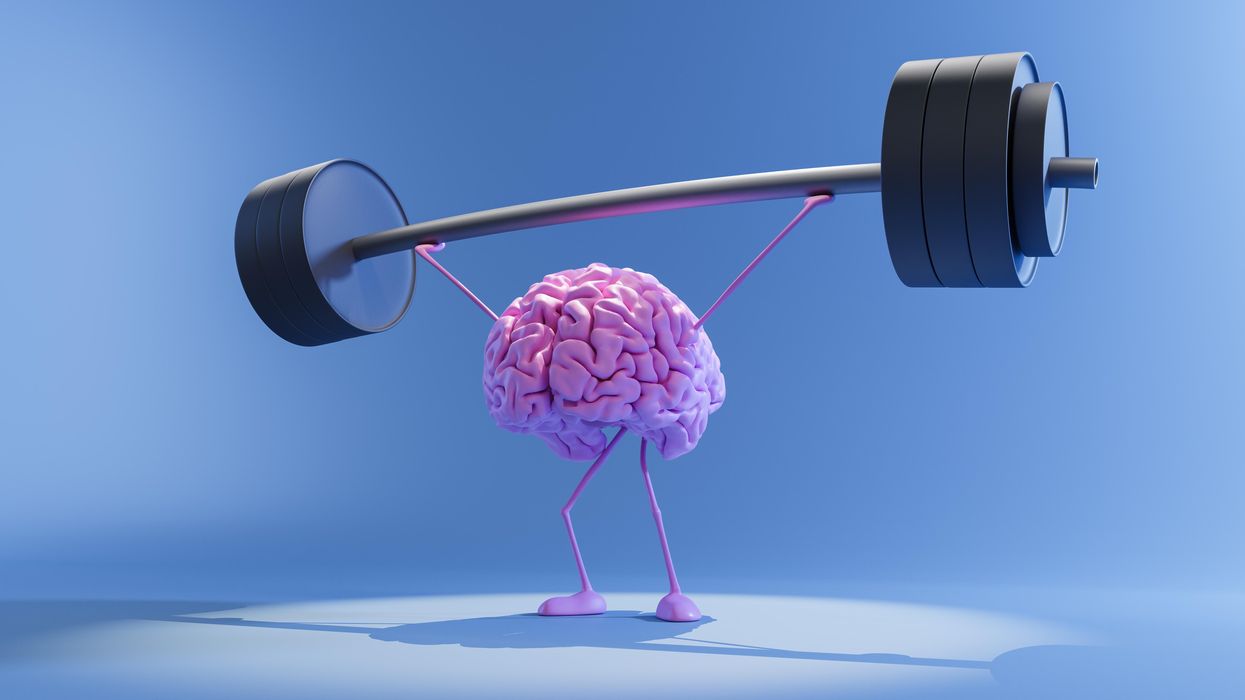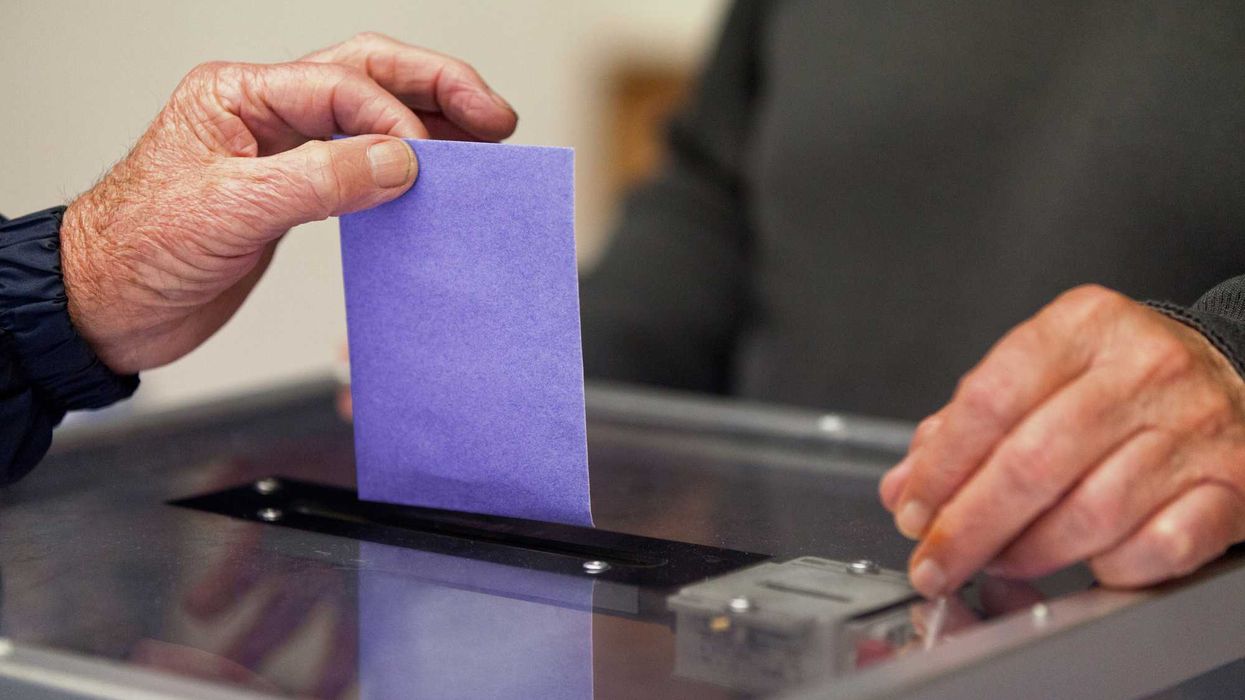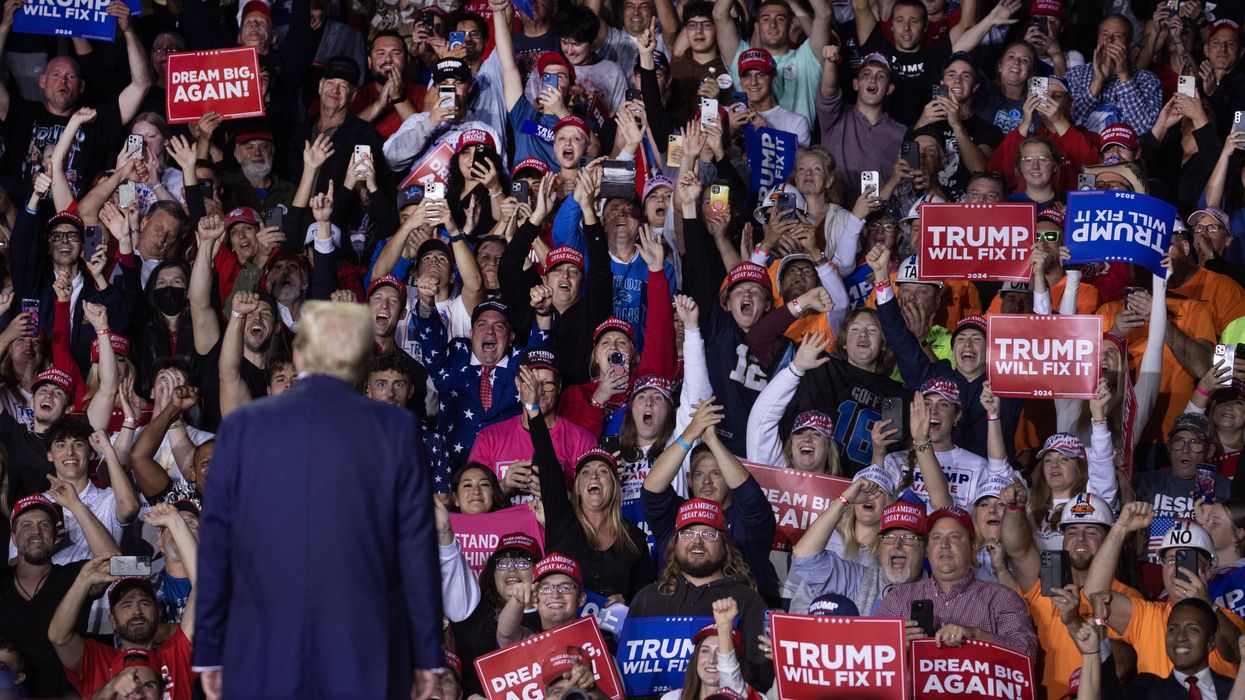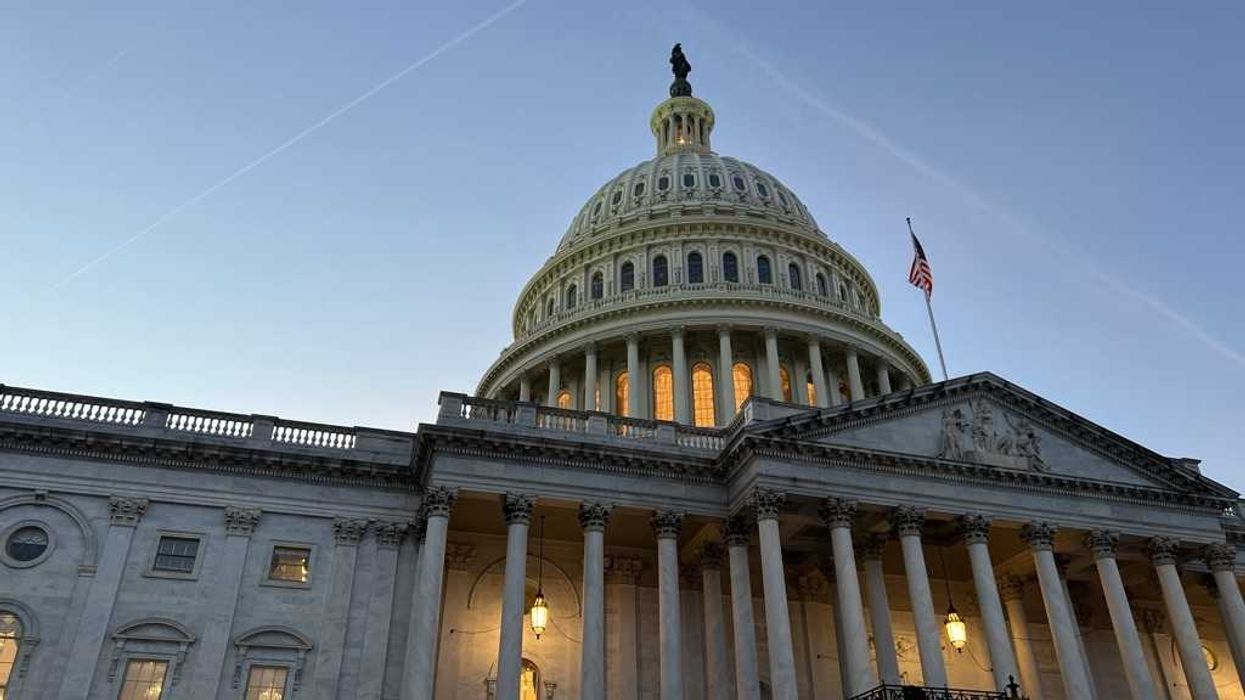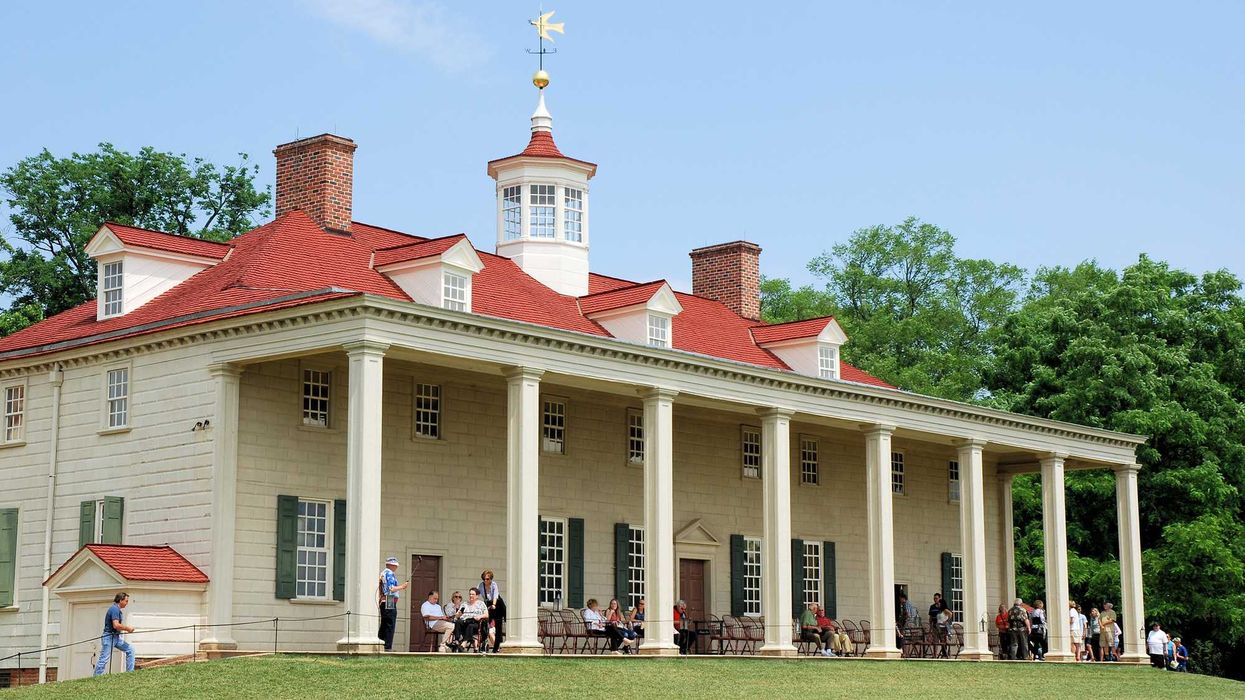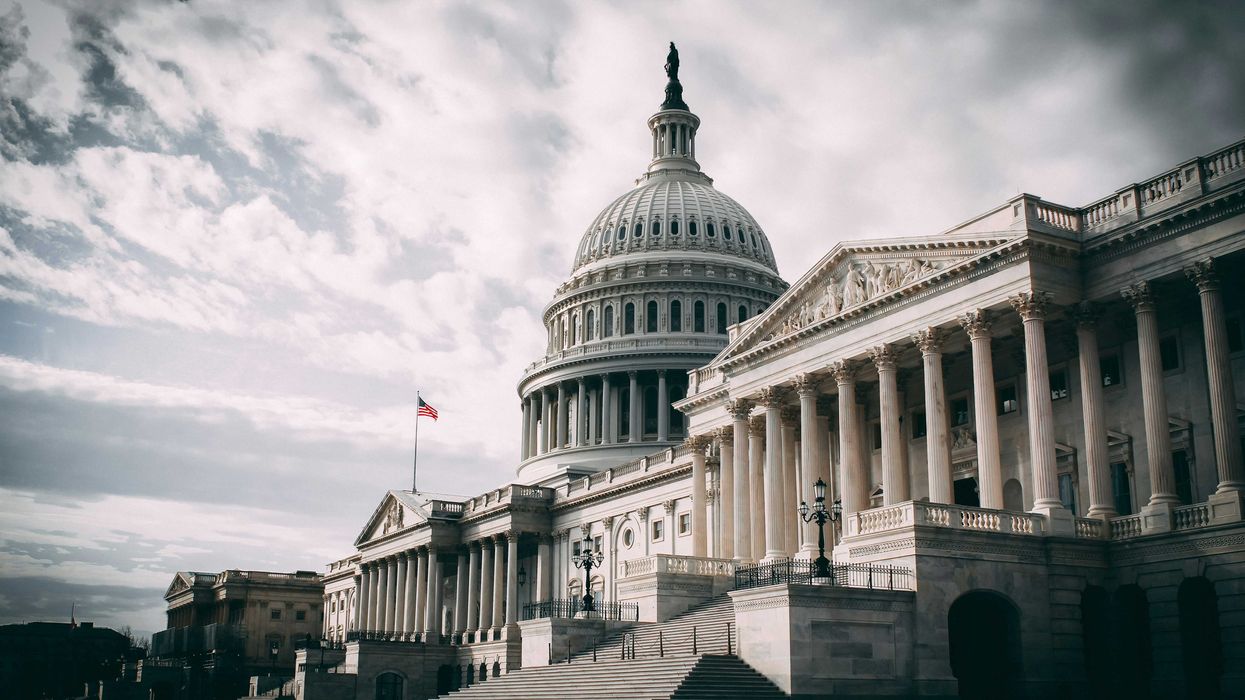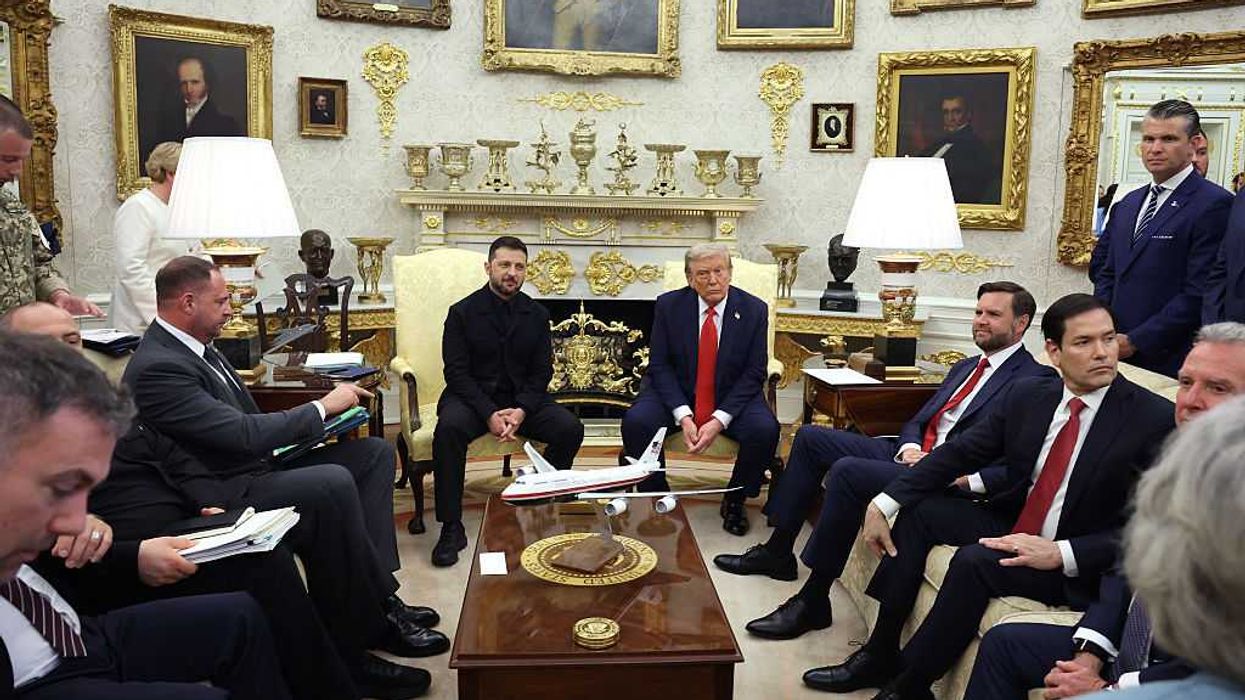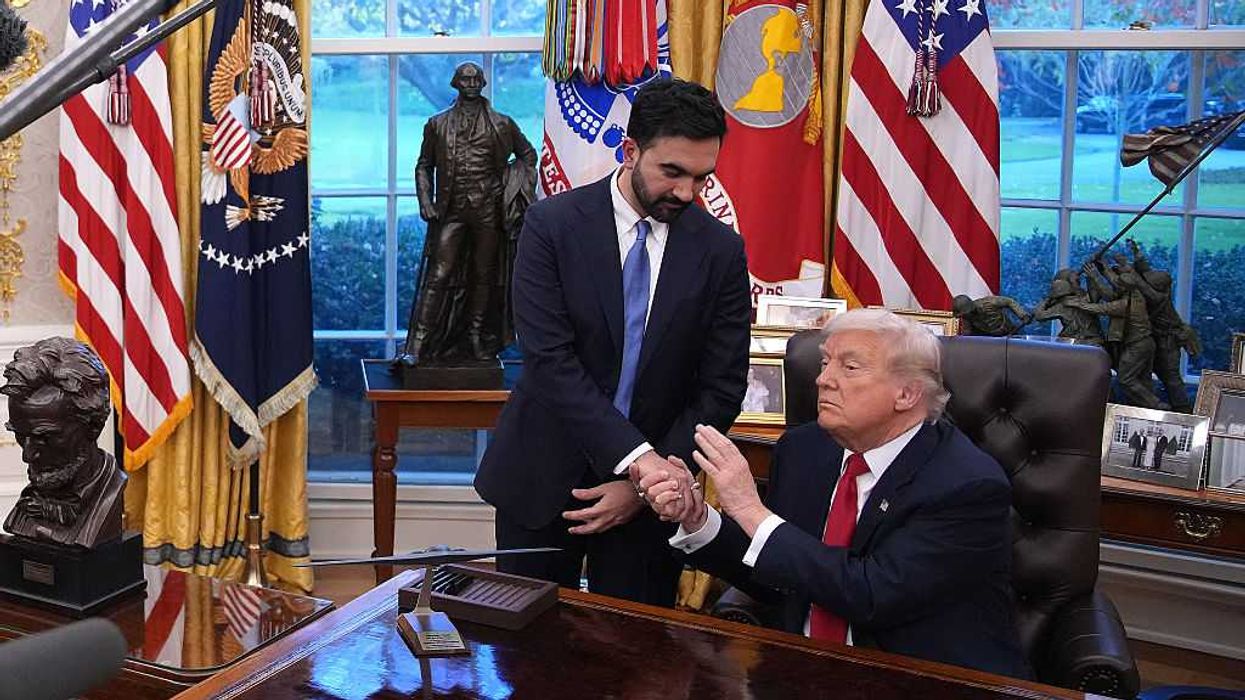Anderson edited "Leveraging: A Political, Economic and Societal Framework" (Springer, 2014), has taught at five universities and ran for the Democratic nomination for a Maryland congressional seat in 2016.
American electoral politics needs to be elevated, and some moral concepts would help the cause. The British utilitarian tradition, which has had a massive influence on cost-benefit analysis in economics and public policy, focuses on the suffering and pain that human beings experience. Any moral thinking that begins with the observation that the suffering which afflicts human beings must be addressed obviously has something very humane about it.
The problem for the utilitarian tradition has always been the debate over whose pain to reduce and why. The late John Rawls argued famously in “A Theory of Justice” that utilitarianism "does not take seriously the distinction between persons." Therefore, its effort to reduce as much pain as possible – which translates into creating the greatest good for the greatest number – is insensitive to how resources are distributed to reduce pain and promote happiness. The utilitarian might increase overall happiness in a society by enslaving 10 percent of the population, and this has always been a convincing objection to classical utilitarian thought.
The rights tradition of John Locke and the related autonomy tradition of Immanuel Kant (and Rawls) revolve around providing equal respect to individuals as dignified rational agents and protecting them from abuse by the state or each other. Their thinking was central to democratic revolutions, especially the American Revolution. In the United States today, many policy positions rest on the concept of protecting the autonomy of all individuals, including the right of women to choose whether to have an abortion and the right to free speech and right to practice the religion of your choice. Although historically rights theorists have left out large swaths of humanity in the domain of individuals to be treated with dignity, including women and non-property owning males, their core insight is meant to place each individual as an autonomous agent above any concept of total good or welfare for the society overall.
The critical theory tradition – starting with Karl Marx in the middle of 19th century, moving through the Frankfurt School in the second quarter of the 20th century, and culminating in many feminist and critical race theorists over the past few decades – transcends the historic debate between utilititarians and rights-based theorists because it finds them both guilty of a deep liberal capitalist bias. The critical tradition, instead, starts with the concept of oppression -- class, as well as racial, gender, and sexual identity -- and builds moral and political conceptions that seek to liberate citizens from oppressive political, economic and social institutions.
Our U.S. political parties do not line up in any neat way with this historic trio of political perspectives. Our politicians toss around concepts like "natural rights" and "greatest total happiness" and "institutional oppression" like frisbees, without ever providing any clear moral foundation to their vision. Democrats and Republicans, when it suits them, will take concepts from both the utilitarian tradition and the rights and/or autonomy tradition. Independents draw on these traditions or side with very left-wing points of view that align with critical theory or very right-wing points of view that reflect very conservative readings of rights theory placing them in the libertarian camp.
Although our political debates cannot turn into plenary sessions at the American Philosophical Association or the American Political Science Association, they can be elevated. Candidates for office can explain how their public policies are based on moral concepts, and moderators at public debates can press the candidates to do more than blast their opponents, say what policies they support and say what their visions are. Otherwise campaigning will continue to be more entertainment than education, and our politics will continue to foment polarization, oversimplification and distortion.
One way out of the sorry state of our campaigns is to undumb them with some Political Philosophy 101. Its counterpart, Political Science 101, has done enough harm by explaining the tools campaign managers use to unfairly tar the character of opponents, create wedge issues that distract attention from the great range of policy debates, and raise mountains of money to manipulate voters through television commercials that mislead if not lie to the public.
It is time to make political candidates draw on moral concepts more explicitly and effectively, whether they concern pain, suffering and happiness, equal economic rights and autonomy, or institutional oppression and social liberation. This kind of campaigning would help reduce polarization because it would focus less on negative campaigning and divisive wedge issues and more on the spirited moral defense of one's own position.





